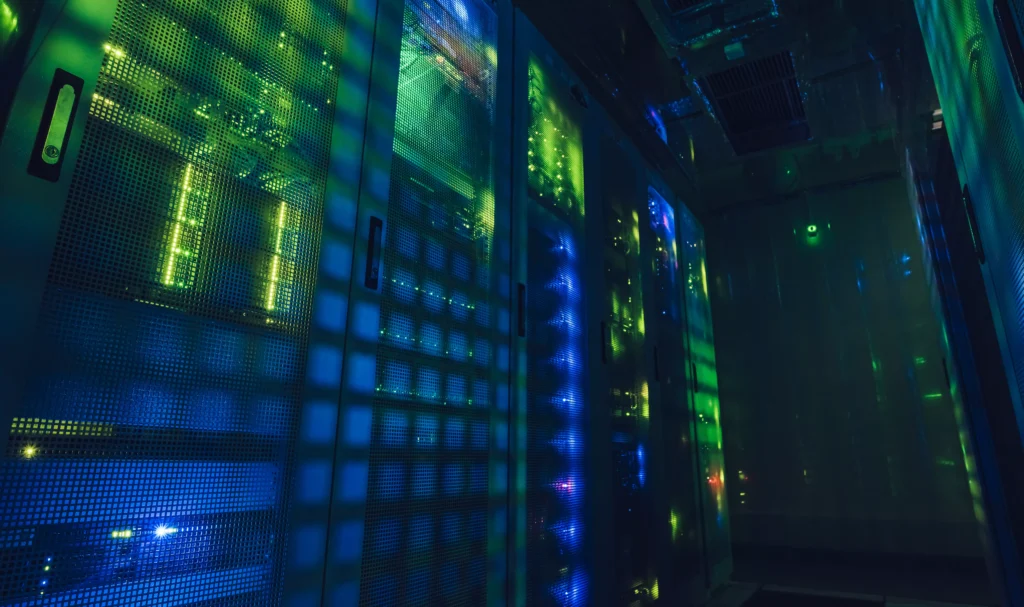Although it holds the second copy of data, backup storage needs high availability, similar to primary storage. When something goes wrong with your primary storage array, you need to recover that data quickly, 100% of the time. IT needs to meet ever-shrinking backup windows, and an outage to your backup storage can create a cascading effect of missed backup jobs. Recovery objectives are strict, and if something goes wrong with your backup storage during that process, you are not likely to meet your recovery time objective.
Backup Storage Needs These HA Attributes:
- Redundant Storage Controllers
- 3+ drive failure protection
- Rapid RAID Rebuilds without impacting performance
- Production-class Readiness
All IT teams are under pressure to cut costs, and backup storage is a great place to start. IT teams, however, need to make sure that availability increases while they remove costs. The good news is, these seemingly opposed goals are achievable. Tomorrow join StorONE CEO Gal Naor and I for a live Tech-Talk “Backup Storage Needs to Change to Keep Pace with Modern Backup Software,” as we explain how to accomplish them.
Backup Storage Needs Redundant Storage Controllers
Most IT teams run very tight backup windows. Many are running block-level incremental (BLI) jobs multiple times per day. Some continue running legacy full backup jobs during an ever-shrinking overnight backup window. Even if you are leveraging snapshots to feed your backup, most storage systems can’t sustain performance with many active snapshots.
Data ingest speed is critical for backups, and a failed controller on a single controller storage system will stop the ingest process altogether. Modern backup storage needs to seamlessly failover to another storage controller if the primary storage controller fails.
The problem with the typical dual-controller architecture is that it adds to the cost of the backup storage solution. Legacy backup storage systems need expensive, powerful storage controllers because they run their software on the old, legacy storage IO stack. Also, these systems need extra processing and RAM to support deduplication and compression.

StorONE spent its first eight years rewriting and collapsing the storage IO stack creating an efficient storage engine capable of delivering very high performance from low-cost servers. Also, we realize that modern backup software companies like Veeam, Rubrik, and Commvault include BLI backup, deduplication, and compression in their software, so there is no need to burden our S1:Backup storage target with an identical process. As a result, you can create a highly available backup cluster with our software for less than half the price of so-called purpose-built backup storage devices and still enjoy measurably better ingest performance.
Backup Storage Needs Drive Redundancy and Rapid Rebuilds
Any enterprise-class storage system has built-in drive redundancy. Most vendors in primary and backup storage use RAID. RAID, though, has a unique problem when vendors leverage it for protection from a drive failure. Most systems are dual parity. Only a few are triple parity. That is not enough protection in a high-drive count backup storage target. Another problem is that each increase in drive parity dramatically impacts write IO performance when using legacy RAID, which is the primary IO pattern for backup storage.
The difficulties delivering high redundancy are exasperated in the backup use case because backup storage almost certainly uses a high number of hard disk-based devices. 100+ drive counts are not uncommon in backup storage, so the concerns of multiple, simultaneous drives failures are legitimate. Hard disks are also the slowest to complete a return to fully protected status, which means a long window (days with legacy backup storage targets) of exposure to another drive failure.
StorONE includes vRAID in its S1:Backup solution. vRAID enables IT professionals to create backup volumes that are made up of hundreds if not thousands of hard disk drives and sustain four, five, or more simultaneous drive outages. vRAID also provides the fastest rebuild times in the industry, returning hard disk-based volumes to a protected state within two hours. These fast rebuilds occur without impact backup ingest performance!
vRAID does not require the use of hot spares. The StorONE backup storage target can operate for months with dozens of failed drives without being serviced. If there is available capacity, vRAID will continue to execute rebuilds, keeping all data available all the time.
Backup Storage Needs Production Class Readiness
There are two reasons that backup storage needs production class readiness. First, the instant recovery features now common within modern backup software instantiate a virtual machines datastore on the backup storage. That means the backup storage, for that moment in time, is production. It needs the performance, features, and availability of the typical enterprise-class production storage system. If the backup storage target can deliver these capabilities, then it may reduce the need for an independent synchronous mirror for high availability.
Second, if the primary storage system fails, many organizations don’t have a second storage system that can stand in for the fallen system. In most cases, the backup storage can’t provide anything close to production-class performance. Other primary storage systems are not typically an option. If the organization has them, they are in use by other applications. At the same time, few organizations can justify having a storage system sitting idle waiting for a primary storage array to break.
StorONE’s S1:Backup can deliver production class performance for both short-term instant recovery needs and even longer-term stand-in situations without any changes to the existing configuration.
In another upcoming webinar, “Beyond Backup – A Commonsense Approach to Storage Consolidation,” we explain how you can start using a solution from Seagate and StorONE first to solve your backup and archive problems and then, as you are ready, begin consolidating other workloads onto the same solution.
Backup Storage Must Modernize
Backup software continues to innovate, but backup storage targets are not modernizing to enable you to take advantage of these innovations. StorONE’s Enterprise Storage Platform software is so efficient and so price competitive you can start using it as a backup storage target. Later as other storage systems reach the end of life or workloads need better performance, organizations can move those workloads to the StorONE enterprise platform. The result is storage consolidation at your pace.





